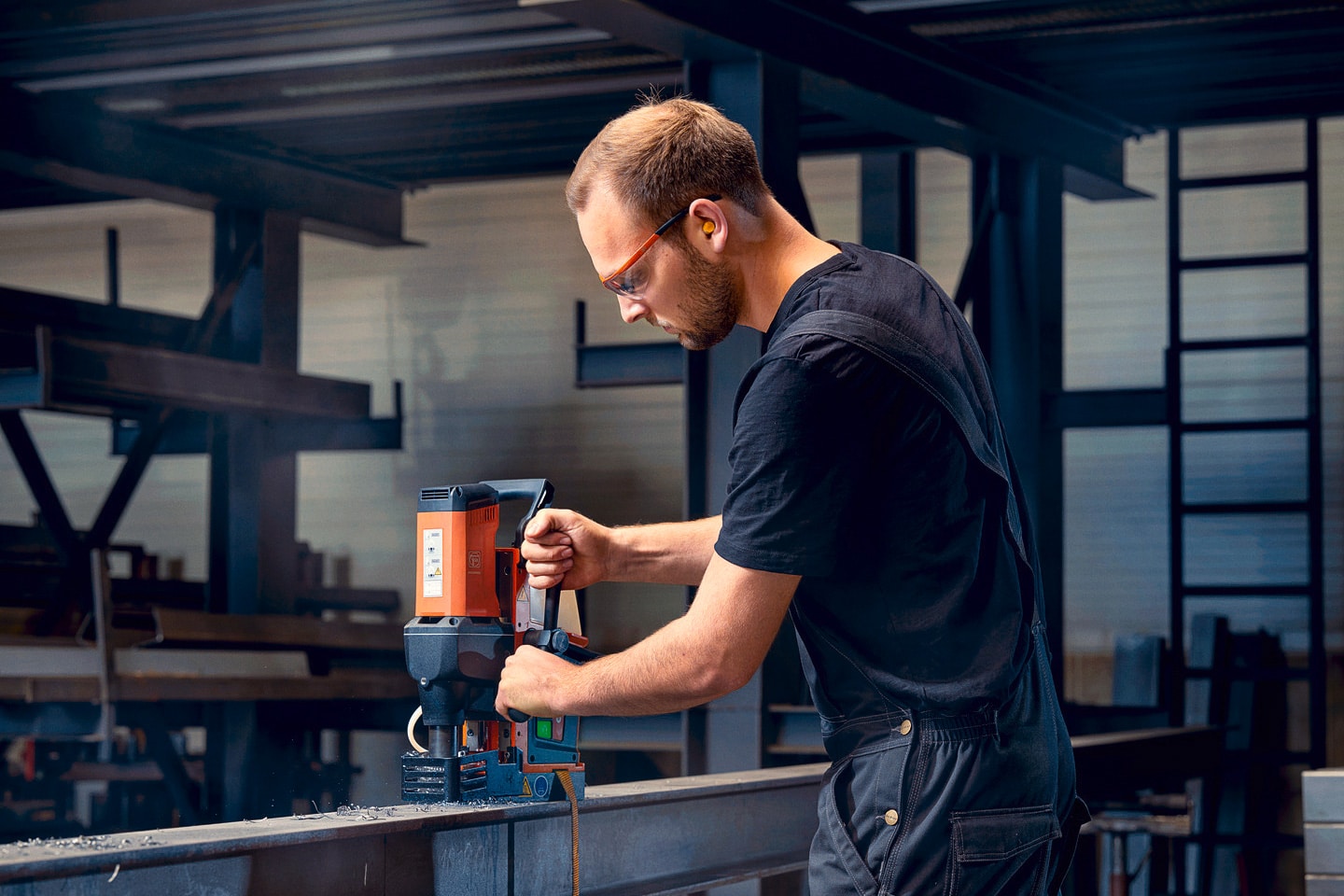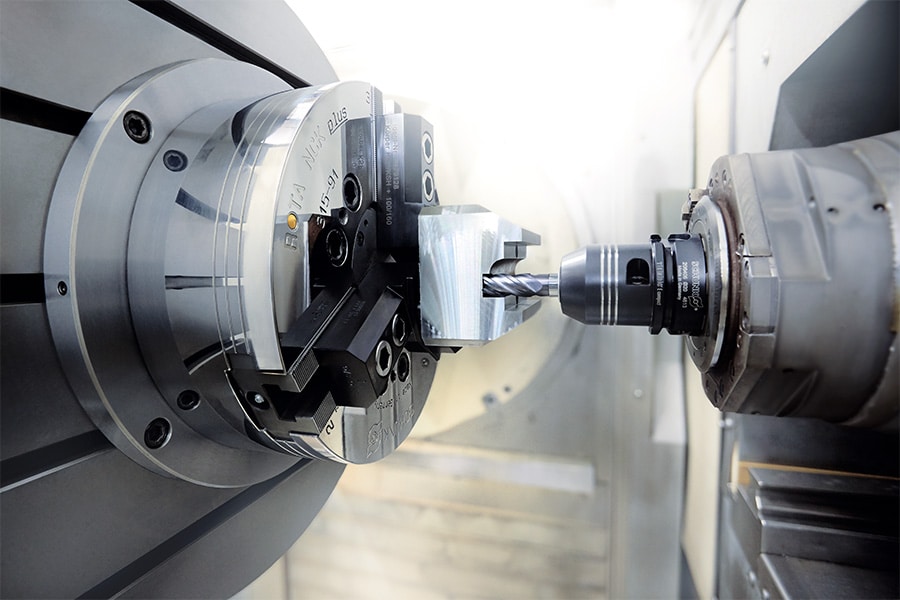
Golden rules for making pleating fast, qualitative and efficient
In this article, we try to summarize some golden rules that can make the bending process, from the design in the office to the execution at the bending bench on the shop floor, as fast, qualitative and efficient as possible.
The smart operator uses not only his bending bench, but also the entire environment around it to create an ergonomic workstation. This should ensure that the workpieces can be loaded and unloaded in an easy and ergonomic way, and at the same time that any material he may need is close at hand. In addition, he does well to think about all the possible operations that still follow after the batch is finished. By cleverly placing the work pieces on pallets according to what is to come, the operators who have to work with them can also make efficiency gains. These may be welders, mechanics ... If the pieces are often similar or go through the same flow within the company, it may be interesting to invest in specific carts and trolleys that allow work pieces to be handled neatly and quickly.
Optimizing folding programs
Creating a CNC program alone that can serve until the end of days is no longer enough. You would do well to regularly review your CNC programs to check for new solutions to optimize the bending process. This can either be because the operator's knowledge and experience have grown or because there are new techniques or machines that give the bender more capabilities to meet existing challenges.

Standardizing machine operations
Machine operations can also be standardized. This is done by dividing work pieces in such a way that the same tools and dies can be used for longer periods of time. Obviously, this will not always be possible because the pieces cannot be split up or because it does not allow planning far enough ahead. But where it is possible, it can help save a lot of time when setting up the bending bench and replacing tools. The heavier and larger the pieces, the more this angle is worth considering.
Propose solutions
An operator on a bending bench should always be proactive, whether he has a lot of experience or is just around the corner. When problems or challenges arise with certain pieces, talk to other operators or even the people in the drawing room about it. Suggesting alternative ways to work on the piece can give it better manufacturability. A collaborative environment also makes for a finer workplace where there is room for creativity to improve the work. Of course, this applies to any machining process, not just folding.
Continue to learn and communicate
Whether as an operator, programmer or draftsman, always try to learn. Both from other colleagues and by taking training courses. When it comes to technology, nothing is set in stone. Folding also continues to evolve. By always having the ambition to want to get better at what you do and by engaging in dialogue with others, new solutions can emerge to increase safety and efficiency on the shop floor.



